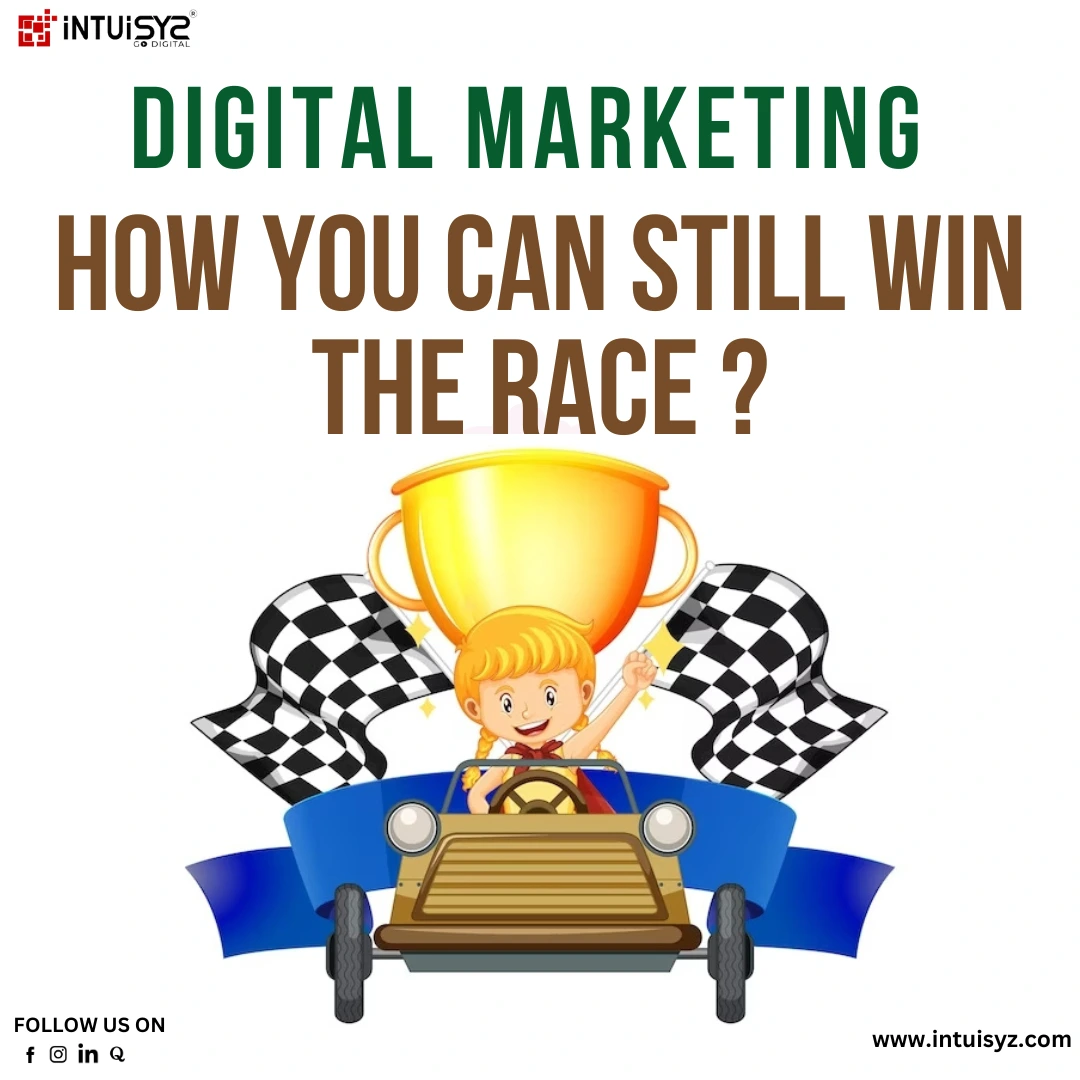
Introduction:
The field of digital marketing has changed dramatically in the last few years, and it is now an essential tool for companies that want to succeed online. Unlike in the past, when some renowned brands overlooked internet marketing, today, establishing a robust online presence is imperative. In this competitive scenario, how can you effectively market your product to the right audience without relying solely on costly SEO practices? Let's explore the latest strategies and alternatives for boosting your business on the internet.
Importance of Garnering Attention:
Any marketing strategy's core goal is to grab your target audience's attention. It's not just about gaining attention; it's about manipulating it to create a positive impression. However, the key question is, whose attention are you seeking?
Example:
Consider a new gaming console release. Gaining attention involves creating teaser videos, engaging social media posts, and interactive content that captivates the gaming community.
Target Audiences Matter:
Effective marketing involves considering your target audience. Factors like customer affordability play a pivotal role in deciding where to allocate resources for marketing. While SEO is potent, it can be time-consuming and expensive. Are there equally effective yet more economical alternatives?
Example:
A fitness brand targeting young adults may find success in Instagram and TikTok ads, reaching a demographic more inclined to engage with visual and interactive content.
Diversifying Strategies:
Explore alternatives like search-based ads, content-sensitive ads, and Facebook ads to spot and attract potential customers. Being creative on Facebook and winning hearts with likes can lead to valuable digital communication resembling real-world interactions.
Example:
A local bakery could run Facebook ads showcasing visually appealing images of their latest pastry creations, encouraging likes and comments that drive direct inquiries.
Quality Over Hype:
Simply gaining attention is not enough; maintaining quality is paramount. An ill-managed website can disappoint potential customers, leading to missed opportunities. Quality, both in products/services and online presence, ensures sustained success.
Example:
An e-commerce site investing in a user-friendly interface, high-quality product images, and transparent customer reviews ensures a positive online shopping experience.
Measuring Marketing Effectiveness:
While spending on advertising is essential, making it worth the investment is crucial. Analyse your marketing strategy's efficacy by calculating the cost per inquiry. Experiment with various advertising methods to identify the most cost-effective channels.
Example:
An online tutoring service comparing the cost per inquiry between Google search ads and content-specific ads to determine the most efficient approach for attracting potential students.
Budgeting for Internet Advertisements:
Estimating the amount spent on each inquiry helps in budgeting for internet advertisements. Not all marketing sources cost the same, so businesses should try different means to determine the most profitable ones.
Example:
A travel agency allocating a budget for both Google search ads and influencer partnerships to evaluate which source generates more qualified leads within their specified budget.
Calculating ROI:
Calculate the money spent per inquiry to evaluate the return on investment (ROI). Different marketing sources incur varying costs, and businesses should allocate resources to the most effective platforms.
Example:
An e-commerce store determines that influencer collaborations result in a higher ROI compared to traditional display ads, leading to a strategic shift in marketing focus.
Crafting a Well-Planned Strategy:
By utilising data from calculated metrics, companies may create a holistic digital marketing plan that surpasses search engine optimisation. Accept that the digital world is dynamic and take use of the channels that will most effectively reach your target market.
Example:
A tech startup using data analytics to identify peak engagement times on social media, tailoring their content schedule to maximize visibility and user interaction.
Visual Elements:
Infographics: Consider creating an infographic comparing the cost and effectiveness of different advertising channels. For example, you could visually represent how Facebook ads compare to Google search ads in terms of cost per click and conversion rates.
Charts and Graphs: Include a graph that shows the rise of social media users over time, emphasising the growing relevance of social media in digital marketing.
Screenshots: Incorporate screenshots of successful social media posts or advertising campaigns. Showcase visually appealing images from a local bakery's Facebook ad campaign that garnered high engagement.
Case Studies:
Success Stories: Share the success story of a startup that utilized search-based ads and content-sensitive ads to reach potential customers effectively, resulting in a significant increase in inquiries and conversions.
Challenges and Solutions: Discuss the challenges faced by a travel agency in balancing their budget between Google search ads and influencer partnerships. Explain how they overcame these challenges to generate more qualified leads within their specified budget.
Before-and-After: Present a case where an e-commerce store revamped its online presence with a user-friendly interface, high-quality product images, and transparent customer reviews. Showcase the improvement in user engagement and conversion rates before and after the changes.
Current Trends:
Voice Search Optimization: Highlight how businesses are adapting to the rise of voice search. For instance, discuss how a local restaurant optimized its website content for voice search queries, leading to increased visibility in local search results.
AI and Machine Learning: Investigate how an online tutoring service uses AI to analyse user behaviour and tailor content recommendations, resulting in greater user engagement and conversion rates.
Video Dominance: Share examples of businesses incorporating video content into their strategies. Show how a tech business raised brand recognition by making engaging and informative films about their products on platforms such as YouTube and TikTok.
Actionable Tips:
Step-by-Step Guides: Provide a step-by-step guide on setting up a successful Instagram ad campaign. Include tips on audience targeting, ad creativity, and budget allocation.
Checklists: Offer a checklist for businesses to ensure they are effectively measuring the ROI of their digital marketing efforts. Include items like tracking conversion rates, analyzing customer feedback, and adjusting strategies accordingly.
Tools and Resources: Recommend tools such as Google Analytics, SEMrush, or Hootsuite for effective measurement and management of digital marketing campaigns.
Engagement Strategies:
Content Calendar Tips: Share insights on how a fitness brand plans its content calendar to align with peak engagement times on Instagram and TikTok, resulting in increased likes, shares, and comments.
User-Generated Content: Discuss how a fashion retailer encourages customers to share photos of themselves wearing the brand's products. Highlight the positive impact of user-generated content on brand awareness and community engagement.
Influencer Partnerships: Provide examples of successful influencer partnerships, such as a skincare brand collaborating with a popular beauty influencer to create authentic and engaging content that resonates with their target audience.
Conclusion
In conclusion, being successful in digital marketing in 2024 requires a mix of creativity, knowing your audience, and using data to make smart decisions. Use different online platforms, focus on delivering quality, and track how well your strategies work. This way, your business can thrive in the always-changing digital world. Connect genuinely and make sure your brand shines.

